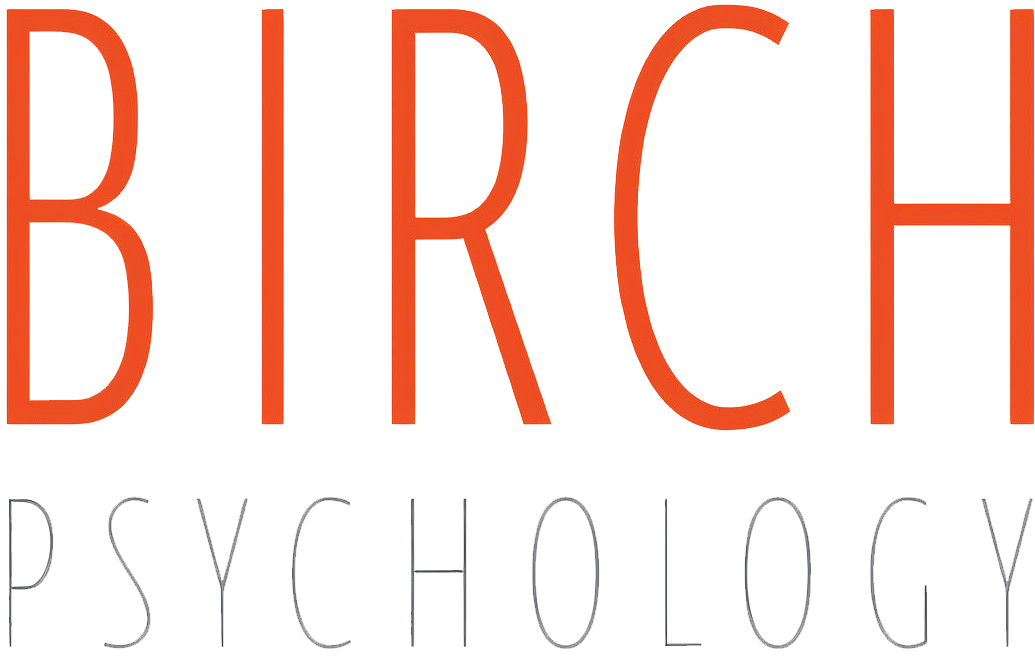Who is the Person Sitting Next to You?
There is something inherently unique to each and every one of us: our identity. Or, is it our identities? The idea of intersectionality is one that has started to pick up more eyes and ears as time goes on, and is one that is such an inherently cool concept. Think about it: we all have different aspects of ourselves that we share with others, perhaps it is your gender or your age or your race. We all have multiple different identities as well, like being a 40-year-old woman, or a non-binary individual whose religious identity is important to them. Put these two facts together along with our own experiences, and we are our own unique and inimitable selves. We might share identities with those we live with or who we are friends with, but we all have different aspects of ourselves that make us different from say, our parents or our peers. This is the root of what intersectionality is, and is something that, for many, we often don’t even think about.
Erik Erikson, a psychologist who developed what he called his “stages of psychosocial development” theorized that all humans go through different stages of, well, psychosocial development. These stages are defined by the ages during which they take place. For example, Erikson’s theory posits that, between the ages of 19 and 29, individuals are grappling between “choosing” intimacy with others or isolation from others; this stage is called the “intimacy vs. isolation stage.” For the creation and solidification of one’s identity, Erikson states that this is the main part of the “identity vs. identity confusion” stage, which takes place during adolescence, between the ages of 12 to 18 years of age. However, as someone who is in their 20s, I have found that, for me, the cementing of my identity is something that has really only started recently, and is likely something that I will be thinking about for the next number of years.
Many of us know the basic information and identities that we hold, but just how deeply are most people aware of their identities? How often do you think about how your identities affect the way you approach the world, or how the world approaches you? Do you see yourself differently than other people do? The reason I find intersectionality so interesting is because of all of those questions and more. It seems to me that we aren’t often given chances to reflect on who we are, who our loved ones are, or who the people around us are and in my opinion, we should. Intersectionality touches on aspects of our identity such as age, developmental disabilities, acquired disabilities, race, socioeconomic status, religion, sexual orientation, gender, nationality, indigenous group membership, and others. It is so important for people like therapists, doctors, counselors, etc. to have an understanding of their clients’ identities and how they intersect and affect people, but so should everyone else. Learning about and being aware of the people around you might make you more understanding of and patient with others, and you might even gain some new friends.
Ayanna Schubert
Birch Psychology
Resources

